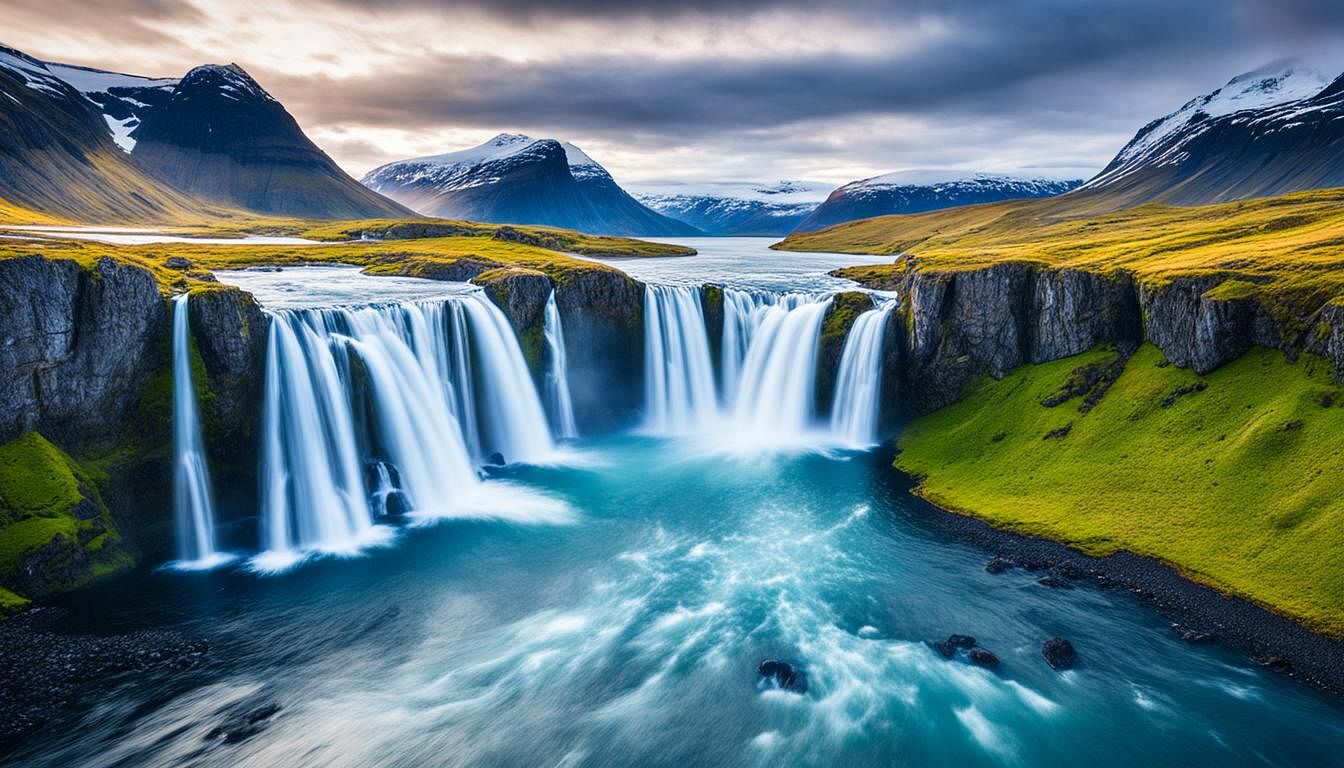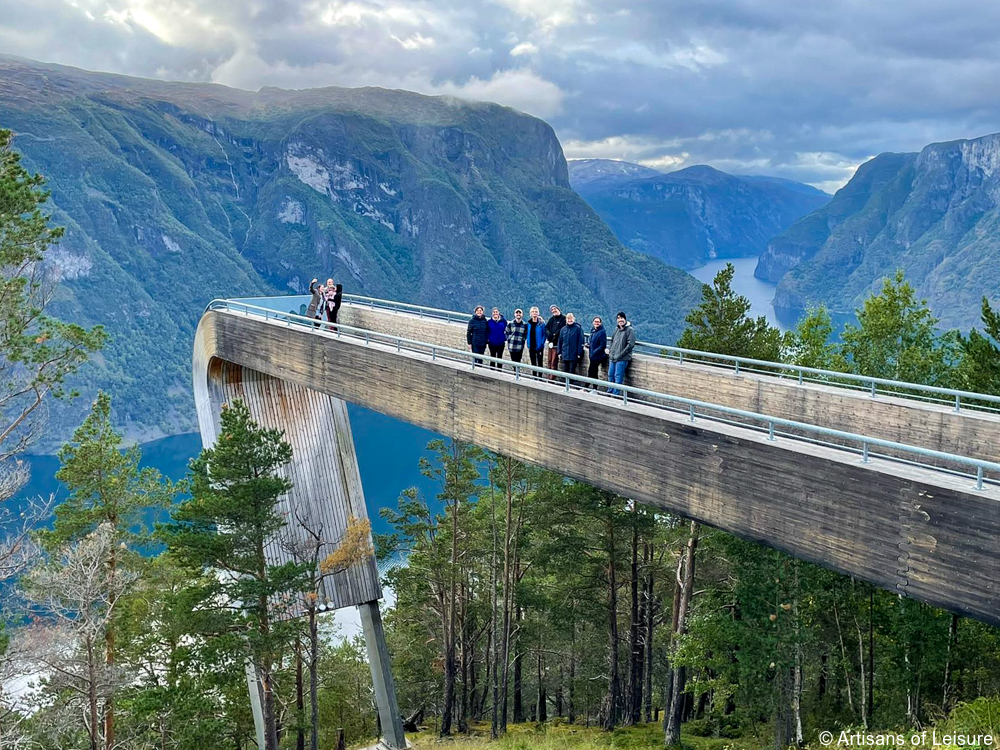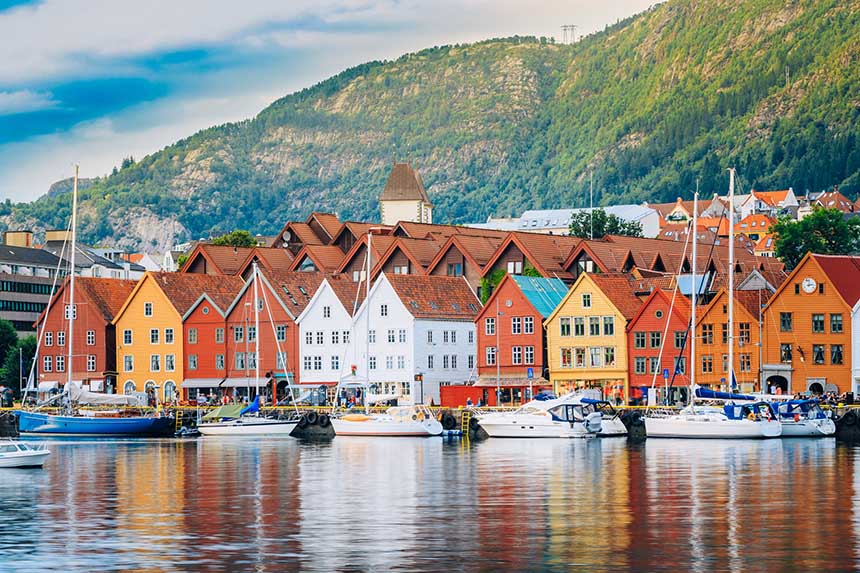Embarking on a journey to Norway and Iceland is like stepping into a realm where nature reigns supreme. From majestic fjords to the ethereal Northern Lights, these Nordic countries offer a plethora of breathtaking experiences. Join me as I recount my adventures through these stunning landscapes and share valuable insights for your own journey. This guide will delve into the highlights, travel tips, essential comparisons, and more—making it your go-to resource for exploring Norway and Iceland.
Table of Contents
Overview of Norway and Iceland
Norway and Iceland, although distinct in many aspects, share a common thread of unparalleled natural beauty and rich cultural heritage. While Norway is renowned for its dramatic fjords and picturesque coastal cities, Iceland is celebrated for its volcanic landscapes and geothermal wonders. Both countries offer a host of adventures, making them ideal for nature enthusiasts and culture seekers alike.
Travel to Norway
Must-Visit Destinations in Norway
1. Oslo
The capital city, Oslo, is a perfect blend of modernism and tradition. Take a stroll through the Vigeland Sculpture Park and visit the iconic Opera House. My personal favorite was the Viking Ship Museum where the history of the Norse explorers came alive.
2. Bergen
Bergen, surrounded by seven mountains, is a gateway to the fjords. The colorful wooden houses of Bryggen, a UNESCO World Heritage site, were a highlight during my visit. Don’t miss the Fløibanen Funicular for panoramic views.
3. Geirangerfjord
Considered one of the most beautiful fjords in the world, Geirangerfjord offers stunning waterfalls and cliffs. I took a kayak tour here, which was serene and unforgettable.
4. Tromsø
If you’re chasing the Northern Lights, Tromsø is the place to be! I was fortunate enough to witness nature’s spectacular light show while enjoying a local dish of reindeer stew.

Travel Experiences: My Adventures in Norway
One unforgettable adventure was hiking the famous Pulpit Rock (Preikestolen). The 600-meter-high cliff offers some of the best views of the Lysefjord. The journey was challenging but immensely rewarding, and I bonded with fellow hikers over the breathtaking scenery and shared snacks at the summit.
Practical Information
The best time to visit Norway is from May to September for pleasant weather. However, for winter sports and the Northern Lights, October to March is ideal. Consider purchasing a Norway in a Nutshell tour, allowing you to see multiple highlights in one package.

Travel to Iceland
Must-Visit Destinations in Iceland
1. Reykjavik
The vibrant capital, Reykjavik, is packed with cultural experiences—visit the Hallgrímskirkja church and soak in the Harpa Concert Hall. I enjoyed an afternoon at a local cafe, savoring delicious pastries.
2. Golden Circle
The Golden Circle is a popular route that includes Þingvellir National Park, Geysir geothermal area, and Gullfoss waterfall. Each site is a showcase of Iceland’s natural wonders. I particularly enjoyed the Geysir eruptions, as they were a spectacle to behold!

3. Snæfellsnes Peninsula
This region is often dubbed “Iceland in Miniature” for its diverse landscapes. Kirkjufell Mountain is a photographer’s paradise, and my sunset shot of this peak remains one of my favorites!
4. Vatnajökull National Park
Home to Europe’s largest glacier, Vatnajökull National Park offers incredible hiking opportunities. I took a glacier hike guided by experts, which was both exhilarating and a tad terrifying!

Travel Experiences: My Icelandic Journey
One of my standout experiences was soaking in the Blue Lagoon’s geothermal waters. The vibrant blue hues against the black lava fields made it a surreal experience. Don’t forget to treat yourself to a silica mud mask!
Practical Information
Visit Iceland during summer (June to August) for long days and vibrant landscapes. Winter (December to February) offers unique opportunities for glacier hiking and the Northern Lights. Renting a car is highly recommended for exploring the diverse terrains at your own pace.

Norway vs. Iceland: A Quick Comparison
| Feature | Norway | Iceland |
|---|---|---|
| Geography | Fjords, mountains, and vibrant cities | Glaciers, volcanoes, and hot springs |
| Best Time to Visit | May to September (for hiking) | June to August (for long days) |
| Cultural Highlights | Viking heritage and coastal towns | Nordic sagas and folklore |
| Outdoor Activities | Fjord cruises, hiking, skiing | Glacier hikes, hot spring baths |
Travel Tips for Norway and Iceland
1. Currency and Costs
Both Norway and Iceland are relatively expensive. Norway uses the Norwegian Krone (NOK) while Iceland uses the Icelandic Króna (ISK). Make sure to budget accordingly or consider pre-purchasing some experiences.

2. Clothing and Packing
Layering is key! The weather can be unpredictable, especially in Iceland. Waterproof jackets, thermal layers, and good hiking boots will serve you well in both destinations.
3. Transportation
Public transport is excellent in both countries, but renting a car provides more flexibility for exploring remote areas. Be sure to familiarize yourself with local driving regulations.

4. Connectivity
Both countries offer good internet connectivity. Consider getting a local SIM card to stay connected while on the move, especially for navigation.
5. Sustainability Practices
Both nations are leaders in sustainability. Be a responsible traveler by respecting nature, recycling, and minimizing waste, wherever you go.
FAQs
1. What is the best time to visit Norway and Iceland?
Summer (May to September) is ideal for outdoor activities and exploring fjords in Norway, while winter (December to February) is great for experiencing the Northern Lights and winter sports in both countries.
2. Is it safe to travel to Norway and Iceland?
Yes, both countries are very safe for travelers. Petty crime is rare, and locals are friendly and helpful.
3. Do I need a visa to visit Norway and Iceland?
Travelers from many countries can enter without a visa for short stays. However, it’s essential to check the latest entry requirements based on your nationality.
4. What currency should I use?
Norway uses the Norwegian Krone (NOK), and Iceland uses the Icelandic Króna (ISK). Credit cards are widely accepted in both countries.
5. Can I see the Northern Lights in both countries?
Yes, both Norway and Iceland offer excellent opportunities to witness the Northern Lights, especially in winter months. Tromsø in Norway and regions around Reykjavik in Iceland are popular spots.
Conclusion
Traveling to Norway and Iceland is a soul-nurturing experience filled with awe-inspiring landscapes and rich culture. Whether you’re drawn to the majestic fjords of Norway or the rugged beauty of Iceland’s glaciers, both countries promise unforgettable adventures. Plan your trip wisely, embrace the unpredictable weather, and let the natural beauty of these Nordic gems captivate your heart.